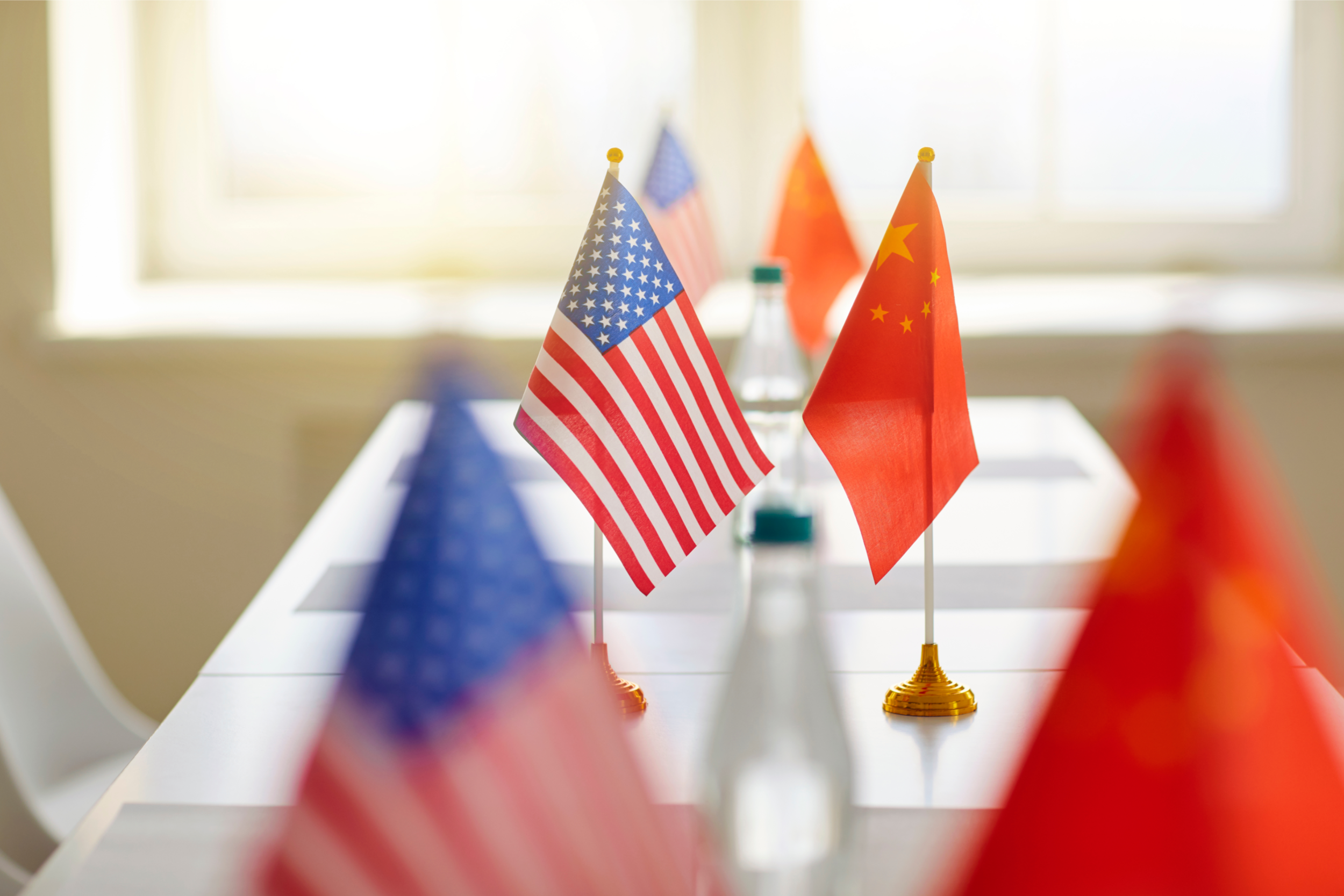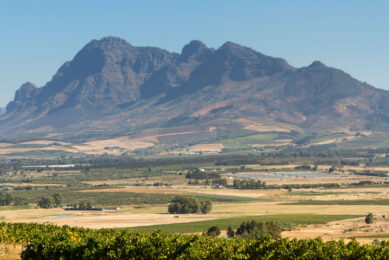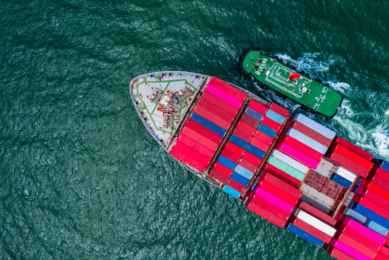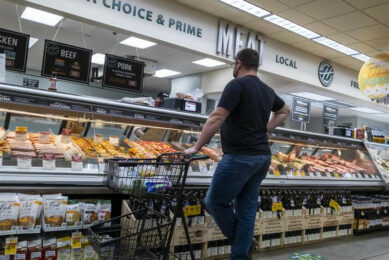Rabobank: China imports to determine pork price rise
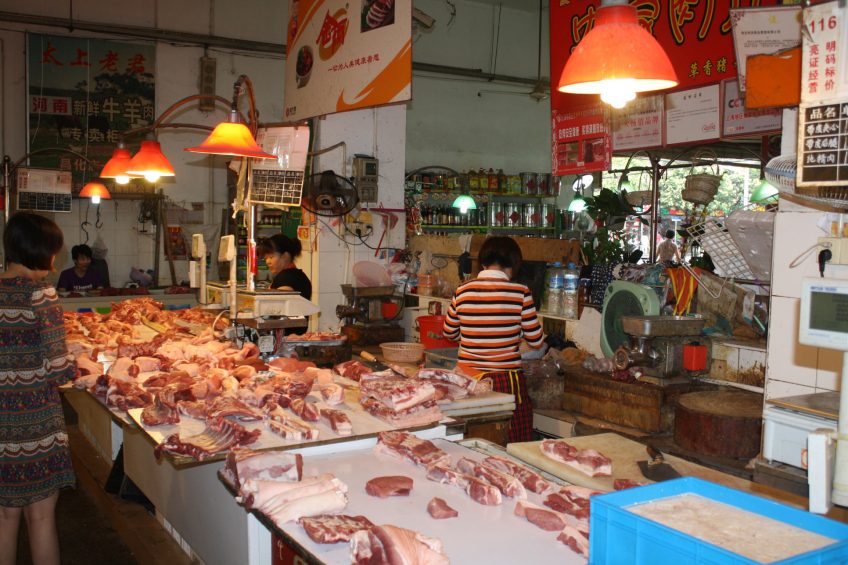
The level to which China imports pork after Chinese New Year will determine the start of the seasonal increase of the Rabobank 5-nation Hog Price Index.
This is one of the key messages that can be found in the latest Rabobank Pork Quarterly report for the first quarter of 2017.
Albert Vernooij, lead author of the report and animal protein analyst at Rabobank, said, “A lower-than-expected decline in imports will support prices in key exporting countries, while exchange rates remain the other important variable influencing prices. Prices will also be affected by the slow increase in global supply, supported by growing productivity and rising sow numbers.”
Other highlights of the report include:
China: positive vibes in pig market to continue
Chinese pork prices will remain elevated, but probably slightly less so after the Chinese New Year. The stabilising sow herd and rapidly rising productivity will not affect the market before summer, while the continuing impact of environmental policies on industry restructuring will limit expansion.
EU: positive prospects but wildcards remain
Pressured supply and continuing exports will support prices and margins in the EU. However, rising export dependency, as a result of ongoing pressured domestic consumption increases the importance of a favourable exchange rate, given rising competition from the Americas.
US: rising pork supply increases industry challenge
The margin split in the US industry will continue in the first half of 2017. Rising production will continue to pressure farmers’ margins, while demand – both for packing capacity and for pork – will support packers’ margins. However, trade developments and the impact of exchange rates will be the wildcards, especially for packers.
Brazil: export crucial for local pork prices
Continuing export growth will remain key for the Brazilian pork industry, given the expected 3% production increase and the expected slow recovery of domestic meat consumption. However, all signs point to a positive 2017.



